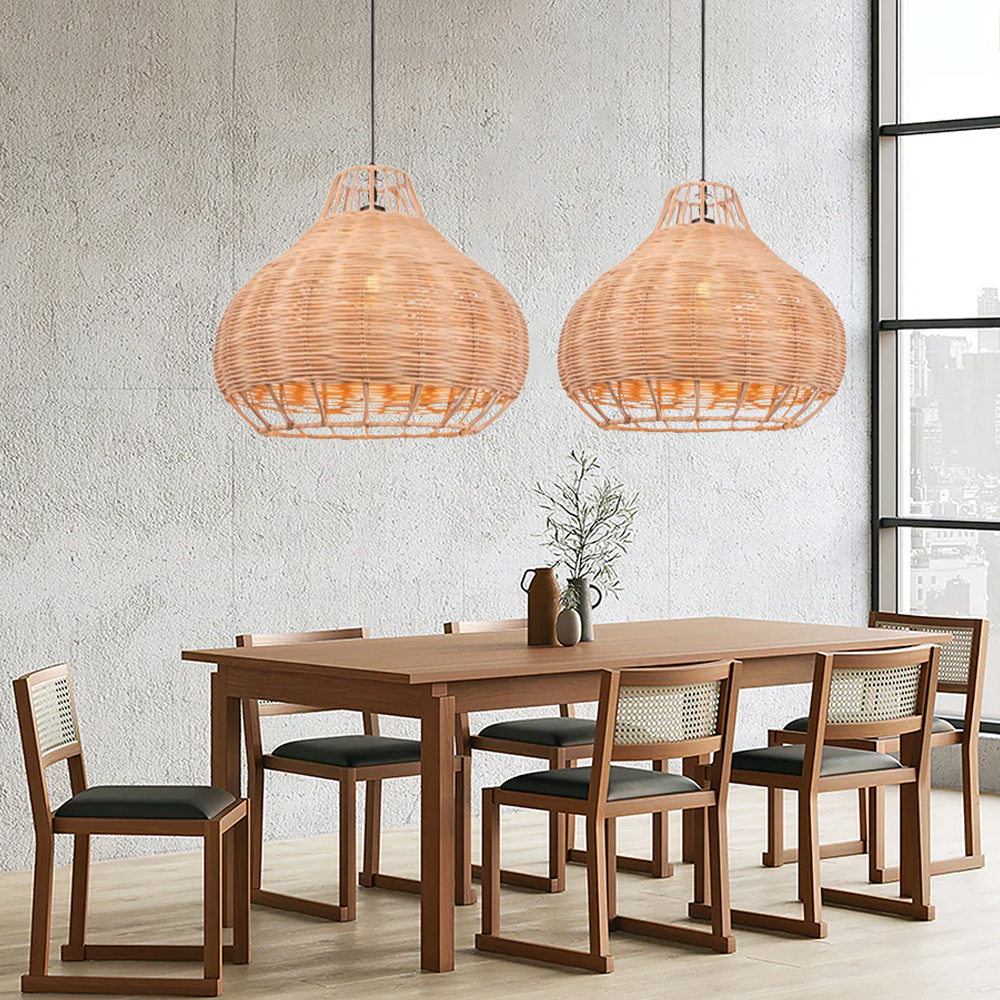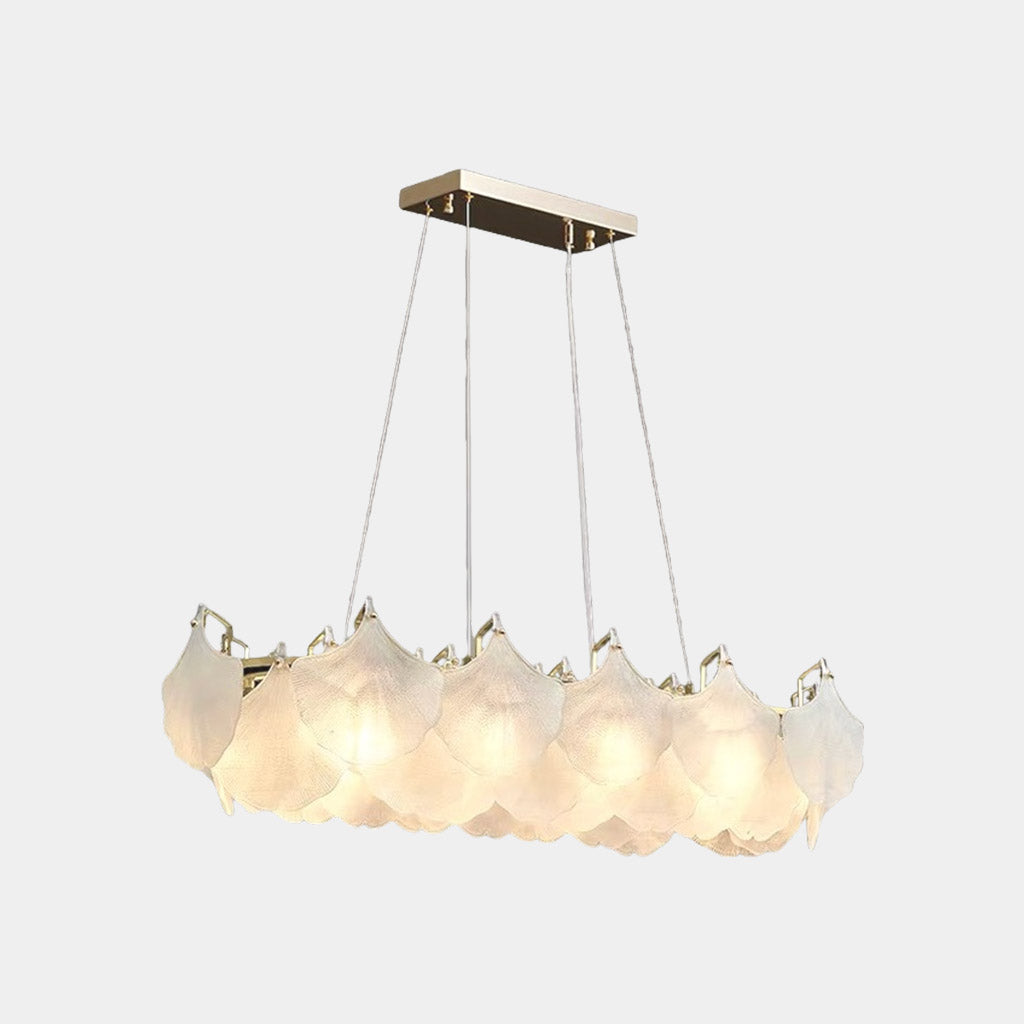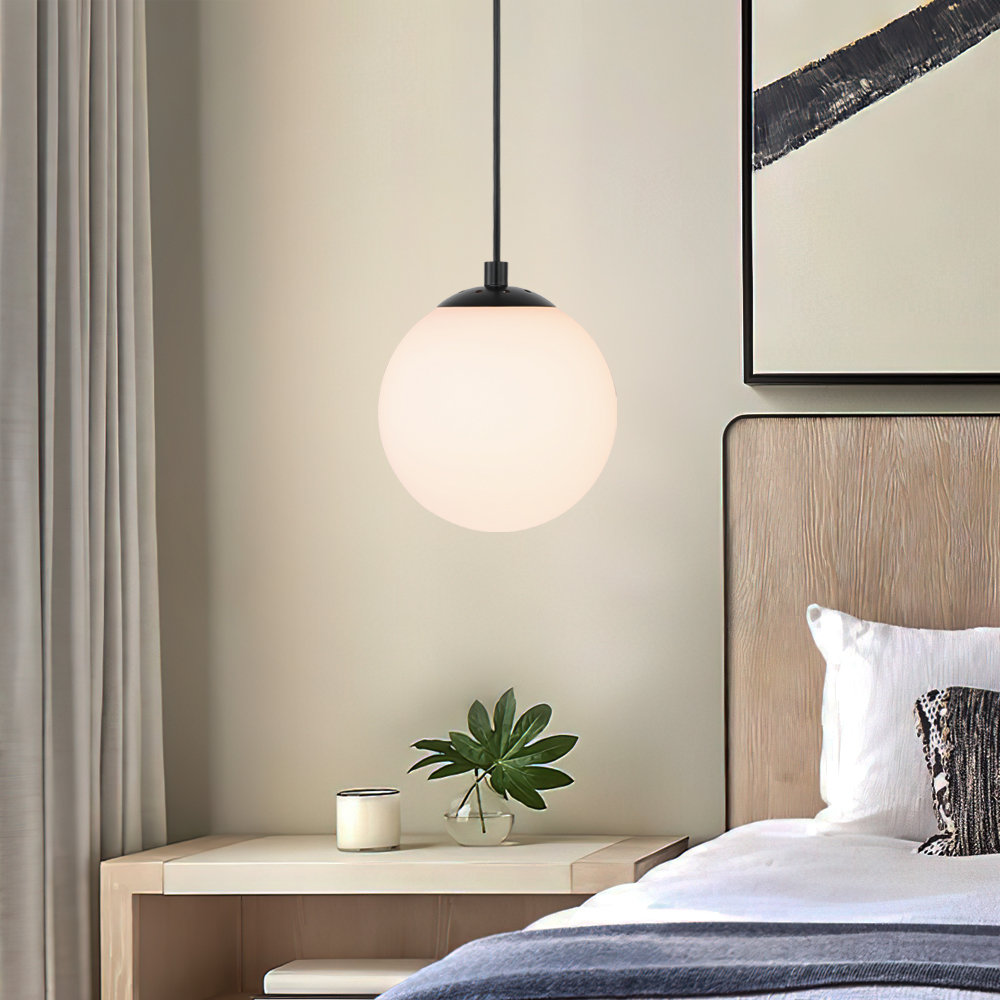The History of the Pendant Light in Modern Interior Design
Just how to Pick the Perfect Pendant Light to Boost Your Interior Style
Picking the excellent Pendant light calls for careful consideration of numerous components. The design ought to align with the overall decor, while size plays a vital function in making sure proper percentage. Shade and surface choices can boost visual charm. Furthermore, assessing light result is necessary for capability - Pendant Light. Understanding these facets can change a space, developing a welcoming ambience. Yet, the process involves even more than just looks; there are usefulness that must additionally be attended to

Understanding Different Pendant Light Styles
Pendant lights come in a selection of styles, each offering distinct visual and functional advantages. From industrial layouts that feature revealed bulbs and steel finishes to classy glass components that stimulate a sense of elegance, the options are large. Contemporary Pendant lights often stress clean lines and minimal shapes, while vintage-inspired styles may include intricate detailing and cozy tones.
For those seeking a rustic appeal, components made from all-natural materials like timber or rattan give a comfortable feeling. Additionally, multi-light pendants can function as statement pieces, combining a number of light bulbs in a single style for dramatic effect.
Each style contributes in a different way to an area, affecting the total atmosphere and personality. Recognizing these diverse Pendant light designs permits designers and house owners to make informed choices that straighten with their interior decoration vision, improving both functionality and aesthetic charm in their environments.
Establishing the Right Size for Your Space
When selecting a necklace light, accurately determining the ceiling height is crucial for achieving the best balance in a room. In addition, computing the range of the component in regard to the surrounding room guarantees that the light enhances rather than bewilders the design. These factors play a vital duty in developing a harmonious indoor atmosphere.
Step Ceiling Height
To achieve an aesthetically pleasing layout, measuring ceiling height is essential for picking the suitable size of Pendant light. The elevation of the ceiling directly influences the scale and percentage of the lights fixture. Precede with basic eight-foot ceilings, Pendant lights ought to usually hang around 30 to 36 inches above the surface area listed below, such as a dining table or kitchen island. For greater ceilings, adjustments must be made accordingly, as a greater installation can produce a more significant result. It is essential to review the overall space measurements and format when identifying the suitable height. Accurate measurements help ensure that the Pendant light not just complements the area's design but also provides adequate illumination without frustrating the area.
Compute Component Range
Picking the right dimension for an illumination fixture is important for developing harmony in a space's style. To determine component range, one have to think about the dimensions of the room. A common standard entails adding the area's length and width in feet, which supplies a perfect size in inches for a pendant light. A space determining 10 feet by 12 feet recommends a component diameter of around 22 inches. Furthermore, the height of the ceiling plays a crucial function; taller ceilings might fit larger fixtures. Making certain the Pendant hangs at a proper elevation-- typically 30 to 36 inches above surfaces-- additional enhances functionality and aesthetic appeal. Correctly scaled components can change a room, making it feel inviting and well-coordinated.
Taking Into Consideration Shade and Finish Alternatives
When picking a necklace light, the interplay of color and surface can considerably influence the general aesthetic of a room. Coordinating the light's shade palette with existing style ensures an unified design, while the choice of finish product can improve texture and design. Thoughtful factor to consider of these aspects is critical for attaining a natural search in interior decoration.
Color Scheme Sychronisation
Color scheme control plays an important function in accomplishing a harmonious interior decoration, especially when choosing pendant lights. Selecting a necklace light that complements the existing color pattern boosts the total aesthetic. A light with warm tones can develop a relaxing atmosphere in an area filled up with natural shades, while cooler shades may integrate successfully with a contemporary, minimal scheme. It is vital to think about the leading shades in the space, guaranteeing that the Pendant light either blends effortlessly or gives a striking contrast. In addition, incorporating accent shades from the palette can link the layout together, producing a natural appearance. Inevitably, thoughtful color control raises the aesthetic impact of the Pendant light within the indoor design plan.
Finish Material Considerations

The option of coating products for Pendant lights significantly published here affects the total design aesthetic of a space. Different finishes, such as matte, shiny, or textured, can produce varying visual impacts. For circumstances, a sleek metal surface might stimulate a contemporary, commercial atmosphere, while a matte or brushed coating can offer a softer, a lot more organic feeling. Color alternatives, ranging from classic blacks and whites to dynamic shades, additionally play a necessary role in balancing with existing decor. Furthermore, materials such as glass, timber, or ceramic can enhance the Pendant's personality and enhance surrounding aspects. Eventually, choosing the best finish material ensures the Pendant light not only illuminates yet likewise boosts the space's design narrative.
Evaluating Light Output and Functionality
Light outcome directory and capability are fundamental elements in choosing the perfect Pendant light for any space. Assessing the illumination of a pendant light entails recognizing lumens, which determine the complete light produced. A higher lumen count generally indicates a brighter light, essential for jobs such as analysis or cooking. In addition, the shade temperature, measured in Kelvin, influences the ambiance; warmer tones create a comfortable ambience, while cooler tones promote performance.
Functionality expands past illumination to consist of the fixture's layout and positioning. Flexible pendants can give flexible lighting for different activities, while repaired choices add a declaration to the decor. Thinking about the height at which the Pendant will hang is vital, as it affects both light circulation and security. Eventually, a well-assessed light output and capability will ensure that the chosen Pendant light meets both aesthetic and useful demands in the desired area.
Matching Pendant Lighting With Your Interior Decoration Style
Just how can one guarantee that Pendant lights enhance the general interior decoration style of an area? The crucial lies in choosing components that resonate with the well-known visual. In a minimalist setting, streamlined and easy styles in neutral shades can produce a cohesive look. Conversely, a vintage-themed area may profit from luxuriant Pendant lights, featuring elaborate styles or warm tones that stimulate fond memories.
Additionally, considering the material and surface of the Pendant light is important. Metals like brass or copper can include a touch of beauty to a contemporary space, while Visit This Link wood elements may enhance rustic insides.
Shade consistency also plays a substantial role; choosing tones that line up with the room's combination assurances that the lighting really feels integrated rather than out of area. Ultimately, the right Pendant lights should not just illuminate but also work as a stylistic extension of the total design, improving the atmosphere and personality of the space.
Installation and Placement Tips for Optimum Influence

In larger spaces, take into consideration utilizing bigger necklaces or collections to avoid them from feeling lost in the space. For an open-concept format, lining up the necklaces with various other layout components, like kitchen counters or furnishings lines, fosters cohesion. Furthermore, dimmer buttons can enhance adaptability, permitting for adjustable setting. Ultimately, thoughtful installation and placement of Pendant lights can transform the visual appeals and capability of any kind of interior style.
Regularly Asked Questions
What Are the very best Products for Pendant Lighting?
The most effective materials for Pendant lights include glass for elegance, steel for toughness, and fabric for heat. Each material offers special aesthetic appeals, permitting developers to develop versatile lighting services that improve different interior styles and environments.
Exactly how Do I Maintain and Clean Pendant Lights?
Preserving and cleaning pendant lights includes regular cleaning, making use of a moist cloth for surfaces, and using mild cleaners for glass components. Regular checks for loose fittings assure security and lengthen the lifespan of the components.

Can Pendant Lights Be Dimmable?
The question of whether Pendant lights can be dimmable matters for lots of. Various versions provide dimmable features, allowing customers to readjust illumination, improving ambiance and functionality. Compatibility with dimmer buttons is vital for peak performance.
What Is the Life Expectancy of Regular Pendant Light Bulbs?
The lifespan of normal Pendant light bulbs varies substantially. Incandescent bulbs last regarding 1,000 hours, while portable fluorescent lights (CFLs) can last 7,000 to 15,000 hours. LED bulbs supply the lengthiest lifespan, getting to up to 25,000 hours or even more.
Are Pendant Lights Suitable for Outdoor Usage?
Pendant lights can be ideal for outdoor use, yet they must be especially developed for such settings. Weather-resistant products and appropriate installation are vital to guarantee sturdiness and safety and security against aspects like moisture and wind.
Shade scheme coordination plays a vital duty in accomplishing a harmonious interior style, especially when selecting pendant lights. The option of surface products for Pendant lights significantly affects the total style aesthetic of a space. Light outcome and capability are basic aspects in choosing the perfect Pendant light for any room. Reviewing the brightness of a necklace light involves recognizing lumens, which determine the total light released (Pendant Light). Just how can one guarantee that Pendant lights enhance the general interior design style of a room?